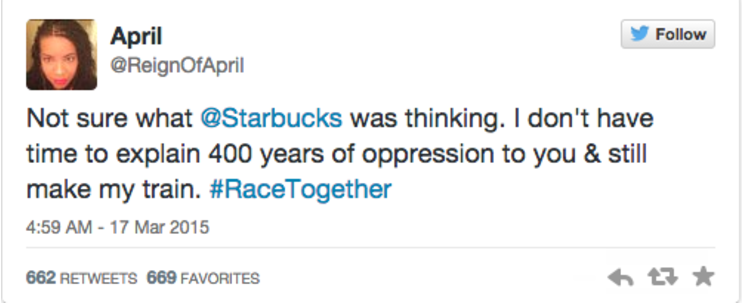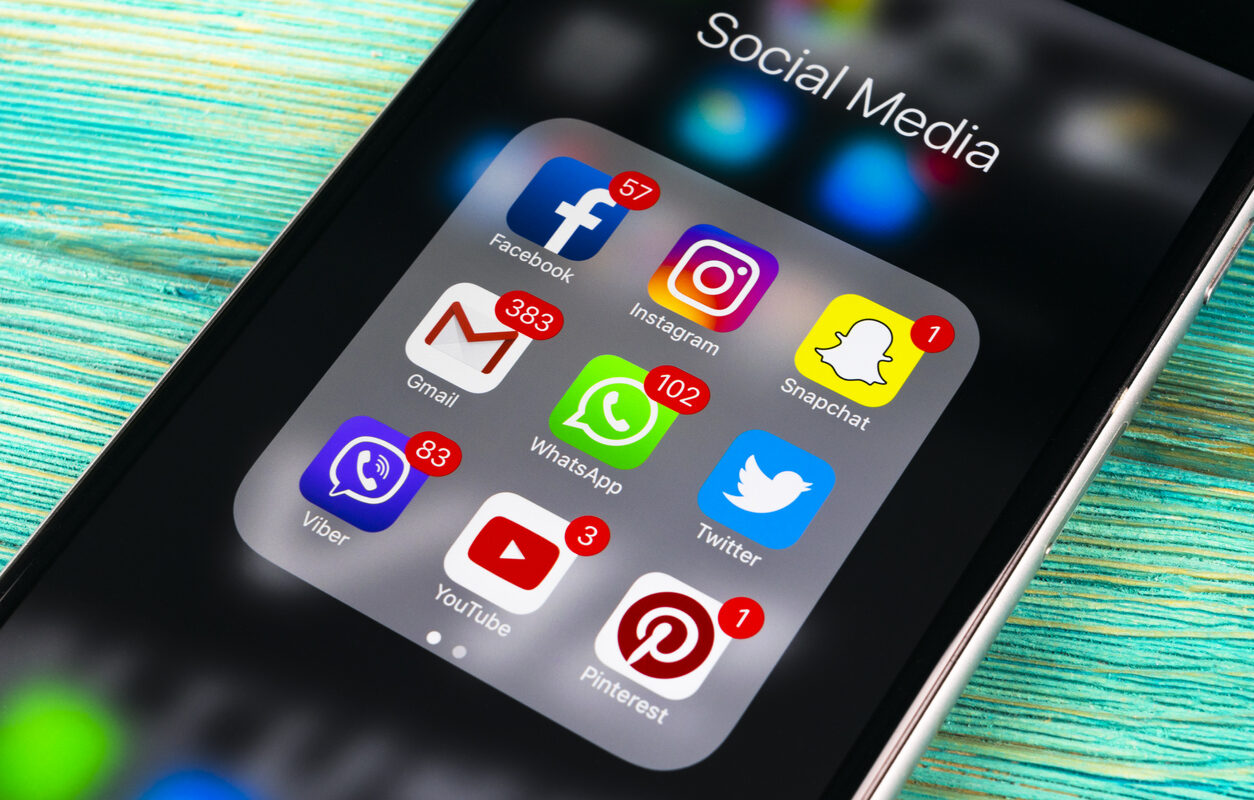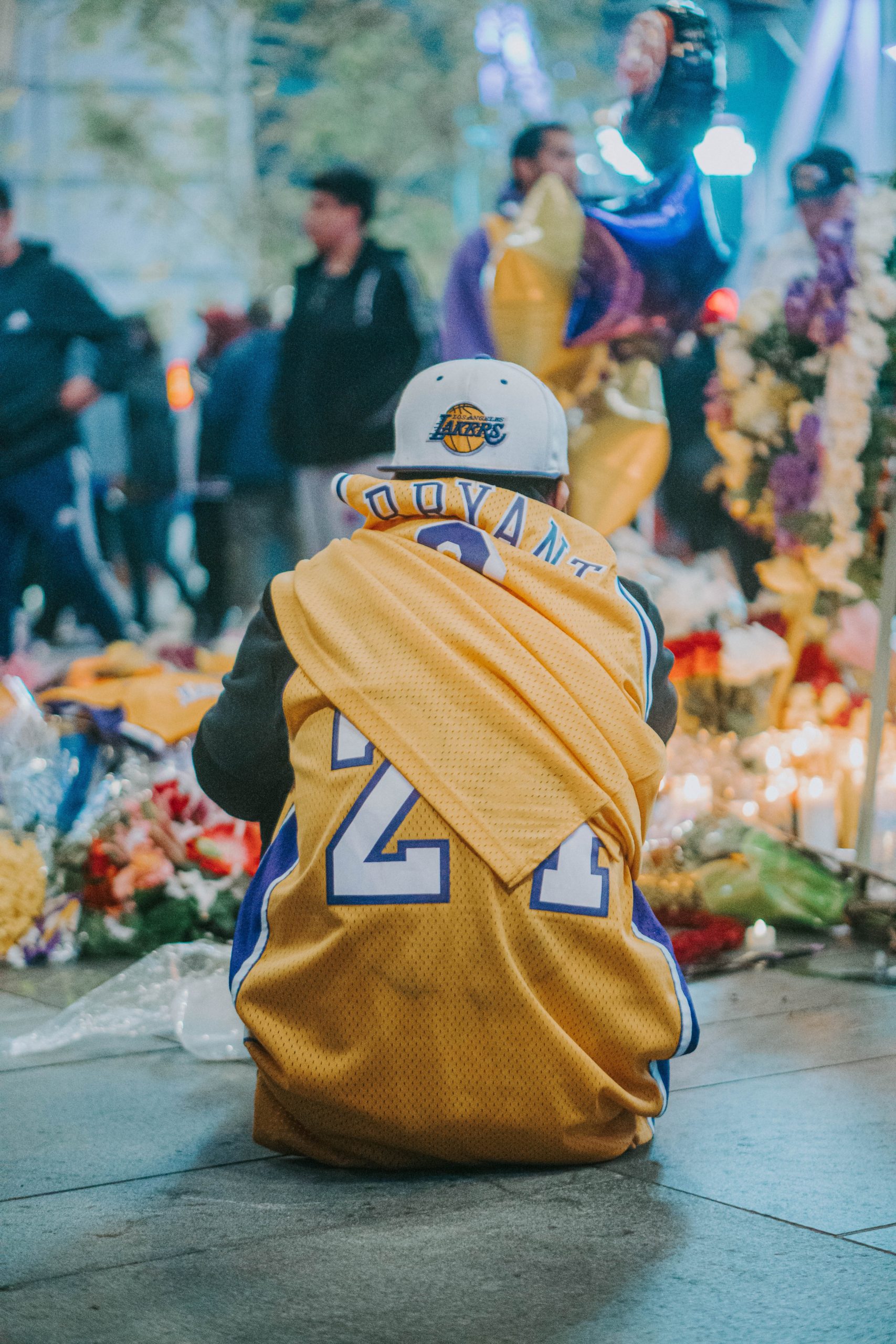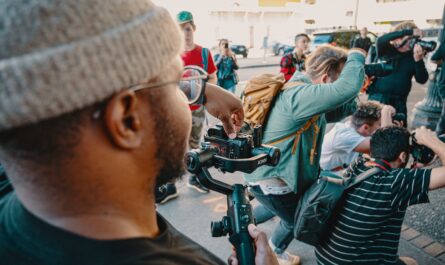By Delaney Hoenig
Social media has played a significant role in amplifying the voices of marginalized communities. In the past, these communities may have been excluded from mainstream media, and their stories and experiences may have been unheard or ignored. However, social media has provided a platform for individuals to share their stories, connect with others, and raise awareness of important issues.
One of the key ways social media amplifies marginalized voices is by democratizing access to information. Social media platforms such as Twitter, Facebook and Instagram provide a space for individuals to share stories, photos, and videos that might not have been seen or heard otherwise. For example, Black Lives Matter (BLM) movement, which began in 2013, gained significant momentum on social media platforms. The hashtag #BlackLivesMatter trended on Twitter, and social media users shared photos and videos of protests and events happening across the United States. These posts helped to raise awareness of the movement and bring attention to important issues surrounding police brutality and systemic racism.
Social media has also helped to build virtual communities, connecting individuals who might not have had the opportunity to meet in person. This is especially important for marginalized communities who may feel isolated or excluded from mainstream society. For example, social media has been instrumental in building online communities for individuals who identify as LGBTQ+, people with disabilities, and individuals with mental health challenges. These communities provide support, validation, and a sense of belonging for individuals who might otherwise feel marginalized or alone.
Another way social media amplifies marginalized voices is through crowdfunding. Crowdfunding platforms such as GoFundMe have helped marginalized communities raise money for essential needs, such as medical expenses, legal fees and community projects. For instance, in 2017, the hashtag #NoDAPL trended on Twitter, raising awareness of the Dakota Access Pipeline protests. Social media users shared posts and raised money for the protesters, helping to support their cause and bring attention to important environmental and social justice issues.
Social media has become a powerful tool for advocacy and activism especially with the use of hashtags. Campaigns such as #MeToo, #TransLivesMatter, and #SayHerName have gained significant momentum on social media, sparking important conversations and inspiring real-world action. For example, the #MeToo movement, which began in 2017, used social media to raise awareness of sexual harassment and assault. The hashtag was used by millions of people around the world, leading to changes in policy and social attitudes towards sexual violence.

To conclude, social media has played an essential role in amplifying the voices of marginalized communities. Through democratizing access to information, building virtual communities, crowdfunding and advocacy and activism, social media has provided a platform for individuals to share their stories, connect with others, and raise awareness of important issues. While there are certainly challenges and limitations to social media as a tool for social change, it has provided a powerful platform for marginalized communities to share their stories, build communities, and advocate for their rights.
Connect with Delaney on LinkedIn.



